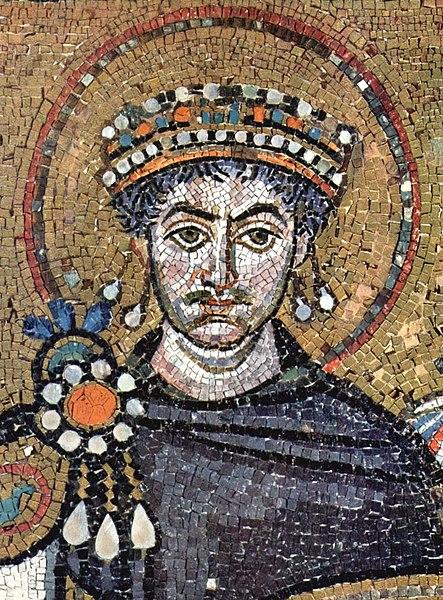Ancient and Medieval States and Societies over the First Millennium

This Outline explores Western Eurasia from the beginning of the Roman principate through the collapse of the Roman Empire’s unifying structure, to the emergence of diverse new empires, religions and economies. The mechanics of governance and the unifying forces of culture, law, and economy are considered through centuries of Roman rule, from the end of the Republic through late antiquity. Diversity within the empire and different social orders are examined in the light of daily life, cultural cohesion, economic underpinning of imperial projects, up to and including the Christianisation of the Empire. From the fringes of Rome came the Huns, the Vandals, the Goths and other ‘Barbarian’ peoples, who by negotiation or by military conquest made the territories of the Roman empire their own. The Sassanians of Persia challenged the authority of the Romans ruling the east, whom we call the Byzantines, and also provided new sources of trade and wealth. Amidst major political changes, there were radical transformations of other aspects of life. Religion was a key part of late antique politics, principally Christianity and the negotiation of consensus around its tenets, as well as Zoroastrianism, Judaism, and in the seventh century, the rise of Islam. In the second half of the period under examination, new empires emerged to consolidate large areas of the continent: the caliphate, the Frankish Empire, and Byzantium; we shall examine the systems of governance, ways of life, and new cultural values they fostered. Economies of exchange, expansion and exploitation supported new medieval regimes and we must consider how these relate to wider social and ideological aims.
This Outline introduces students to a rapidly changing and diverse world; it may initially seem dizzyingly unfamiliar, but many aspects of Roman and early medieval society shaped the way we live today in terms of geopolitics, languages, law and culture. The themes and problems which drive this Outline reflect the current state of the fields of ancient and medieval history and history in the main: how do we account for major political transformations? What effects do changes in distant parts of the world have on other areas, and how interrelated were different parts of the globe in the past? Whose account of the past informs our understanding, and might we hear different, competing voices? To what degree do changes in the environment, climate, and non-human agents such as disease relate to political decisions and economic change? How do modern preoccupations shape the questions historians ask and the things we know about the past? In this paper we will introduce students to concepts and tools that historians use to answer these questions and expose students to the original primary source material which provides historians with evidence. We must consider both narratives and archival documents from antiquity and the middle ages (originally written in many different languages and considered here through English translations) as well as examining material traces: archaeology, objects, buildings and landscapes. The challenges of our period mean that we must consider a range of evidence in order to understand what happened, how and why; this training will be applicable to any aspect of history students will pursue.
Image: Mosaic of Justinian I, Basilica San Vitale, (Ravenna).
